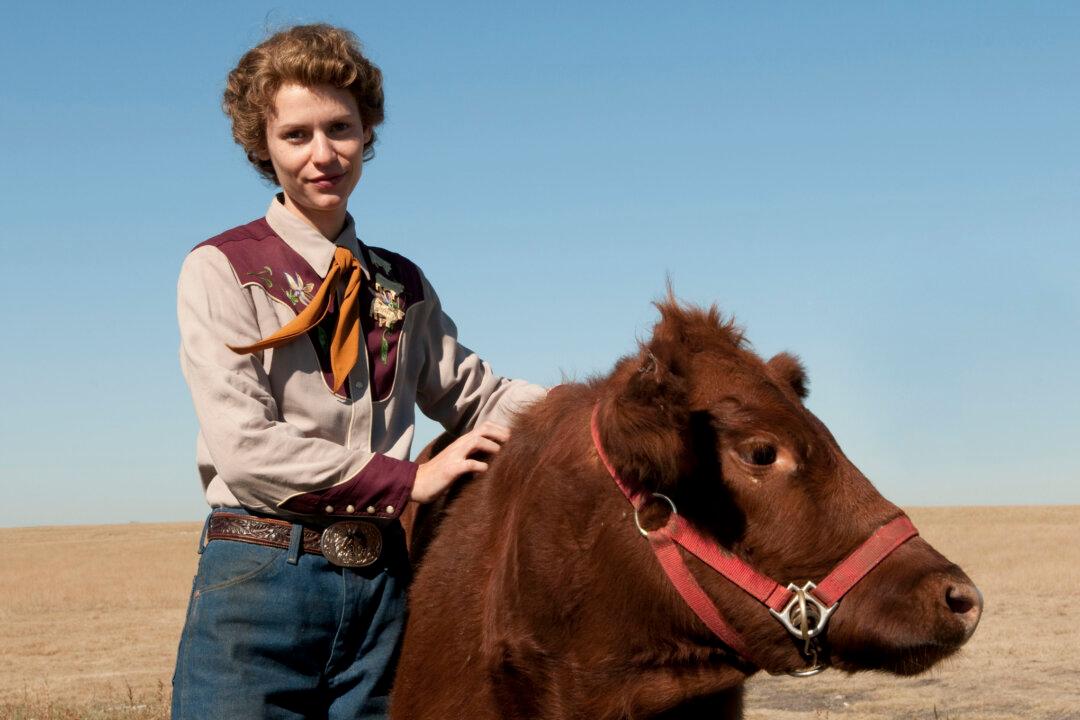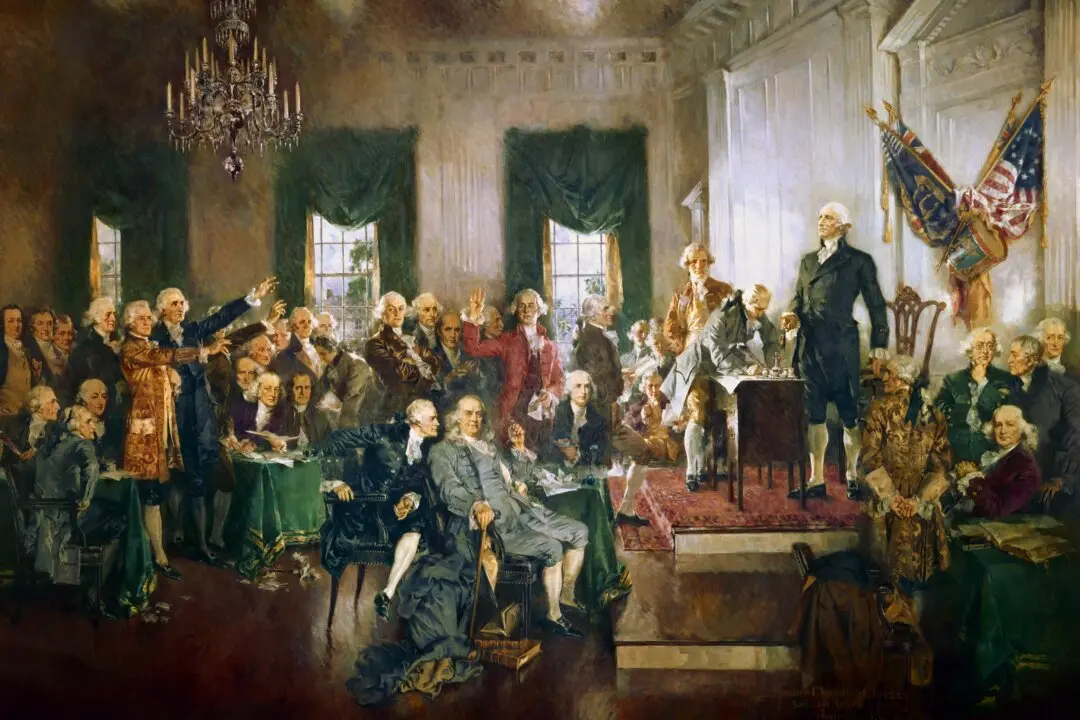PG | 1 h 47 min | Drama, Biopic | 2010
There’s a scene in this film where autistic female protagonist, Mary Temple Grandin (Claire Danes), in a deserted corridor, speaks a little too loudly, “My name is Temple Grandin. I’m not like other people.” Rather than allow autism to alienate her from others, she uses it to unite people in better understanding autism and handling livestock. This biopic draws on the true-life story of the Boston-born autist, author, and respected animal behaviorist.





